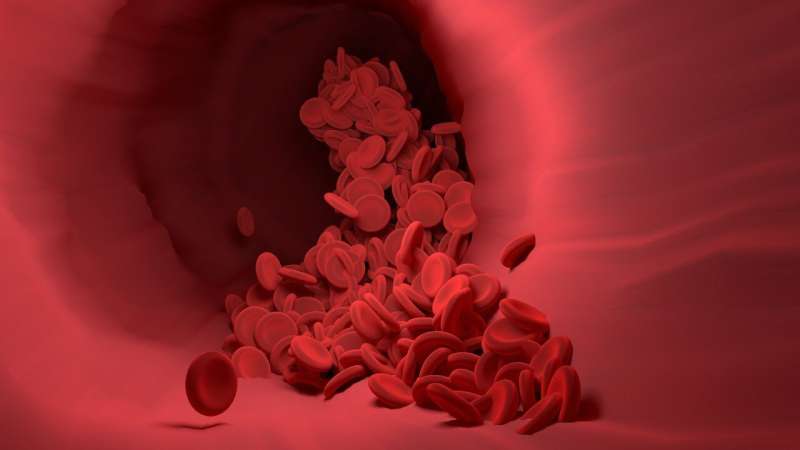Positive preliminary data on CRISPR treatment for blood diseases

A collaborative team of researchers, including Stephan Grupp, MD, Ph.D., Cell Therapy and Transplant Section Chief and Medical Director of the Cell and Gene Therapy Laboratory at Children's Hospital of Philadelphia (CHOP) and pioneer of the first cellular immunotherapy in childhood cancer, recently presented preliminary data showing that a CRISPR-based gene-editing therapy for inherited blood disorders is safe and effective.
The one-time gene editing treatment, known as CTX001, which was discovered and developed by Vertex Pharmaceuticals and CRISPR Therapeutics, has been given to 22 patients—15 with transfusion-dependent beta-thalassemia and 7 with sickle cell disease—with the aim of boosting the production of fetal hemoglobin in order to correct the defective gene for hemoglobin associated with both diseases. All the patients demonstrated sustained increases in fetal hemoglobin and total hemoglobin, with limited and manageable side effects related to the transplant procedure.
The 15 patients with beta-thalassemia have been transfusion-free since they received the infusion. The 7 patients with severe sickle cell disease have had no vaso-occlusive crises, the acute episodes of severe pain that also involve organ damage. "What we're seeing in these early days is how transformational this is for the sickle cell patients we've seen," Grupp says. "We are hearing that it is life-changing." Until now, treatment options for beta-thalassemia have been lifelong blood transfusions or stem cell transplant. Treatment options for sickle cell disease have been pain management, blood transfusions, and hydroxyurea to increase fetal hemoglobin, with the only curative option being stem cell transplant from a donor.
"As we continue, the big question is whether it is lasting," Grupp explains of the experimental treatment. "The evidence so far indicates that it is durable in the time frame we've seen, and we just have to continue to follow the patients."
Patients who enroll in these trials have their own hematopoietic stem and progenitor cells collected from peripheral blood. The patient's cells are edited using the CRISPR/Cas9 technology. The edited cells, which are now CTX001, are then infused back into the patient as part of a stem cell transplant, without the need for a donor or the risks that go along with that. Patients are monitored to track the impact of CTX001 on multiple measures of disease and for safety.
"I think in this field of cell and gene therapy there is going to be a general move toward gene editing as opposed to gene insertion," says Grupp. "In this world where we're modifying hematopoietic stem cells, the movement I see is toward this more targeted approach."
The initial findings were published in the New England Journal of Medicine.
More information: Haydar Frangoul et al, CRISPR-Cas9 Gene Editing for Sickle Cell Disease and β-Thalassemia, New England Journal of Medicine (2020). DOI: 10.1056/NEJMoa2031054



















